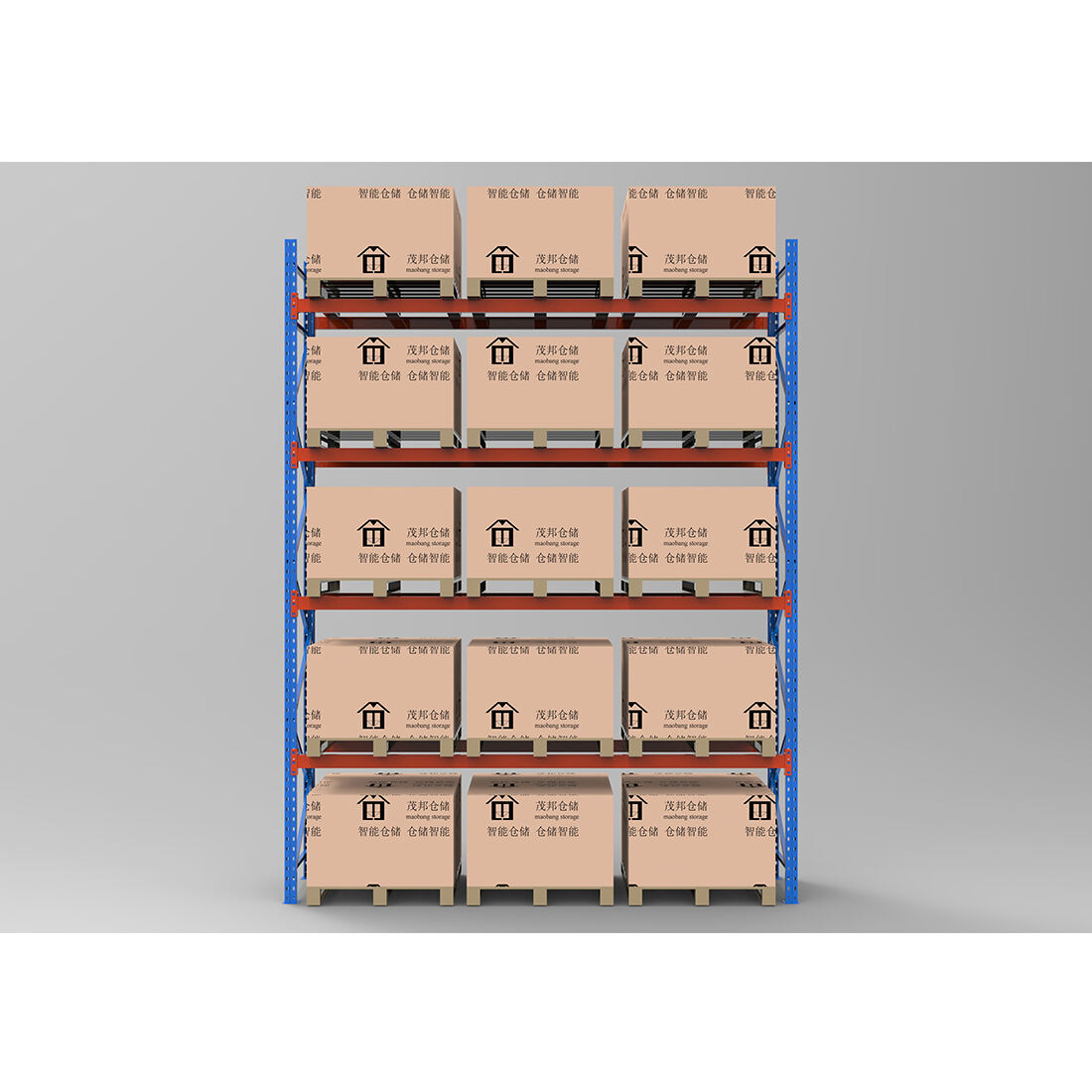With growing pressure on warehouses with respect to density and operational efficiency of storage, safety is the foundation of an effective pallet racking system. High capacity storage systems in 2025 will focus on structural integrity, accident avoidance and active risk mitigation through advanced design and intelligent technology implementation.
Advanced Load Management and Structural Resilience
New high-capacity pallet racking systems are built with more load-bearing capacities and better weight distribution systems. High-strength steel is used together with reinforced connectors in engineered upright frames and beams to safely support dynamic and uneven loads. These systems are highly tested to surpass industry safety standards, and are stable even at maximum capacity conditions. The seismic-resistant designs and anti-sway bracing also contribute to the structural resilience under many different operational conditions.
Integrated Collision Prevention and Damage Mitigation
Next generation pallet racking incorporates proactive protection to overcome the usual risks of forklift impacts. The use of impact resistant designs and energy absorbing materials on column guards reduce accidents during collisions. Other systems have physical deformation sensors which give warning to the managers of the warehouse that structural compromises may occur. Moreover, protective barriers and reinforced base plates are used to provide physical buffers on high-value support structures to minimize the possibility of catastrophic failures.
Smart Monitoring and Predictive Maintenance Systems
The pallet racking solutions of 2025 have sensor technology embedded to constantly check structural health and load status. Wireless load sensors monitor the weight distribution real-time and the tilt sensors will notice any positional change that could be a sign of instability. These systems produce automatic maintenance requirement notifications and possible safety situations, and can then take proactive actions before things go wrong. When combined with warehouse management systems, racking conditions of whole facilities can be centrally monitored.
Enhanced Visibility and Safety Signaling
Better safety signage and visual display are directly added to racking design. Load capacity labels that are colour-coded, warning markers and reflective features improve visibility during low-light situations. Other systems have built-in lighting indicators that indicate when racks are being visited or when they need to be inspected. Such visual indications are used in conjunction with standard safety measures to support appropriate functioning procedures and awareness of hazards.
Ergonomic and Worker-Centric Design Features
Safety is not only structural point of view but also human factor. New racking designs include features that minimize the risks the workers go through during the loading and retrieval tasks. Round, smooth edges eliminate injuries when close contacts occur, whereas the optimized vertical distance provides a better view when placing the pallets. Designs that help in proper distribution of loads and ensure that items are placed in secure positions help in minimizing accidents that are brought about by dropping objects or improper methods of storing things.

 EN
EN
 AR
AR
 FR
FR
 DE
DE
 EL
EL
 IT
IT
 JA
JA
 KO
KO
 PT
PT
 RU
RU
 ES
ES
 SV
SV
 TL
TL
 ID
ID
 VI
VI
 TH
TH
 MS
MS
 HMN
HMN
 KM
KM
 LO
LO
 MR
MR
 TA
TA
 MY
MY
 SD
SD




